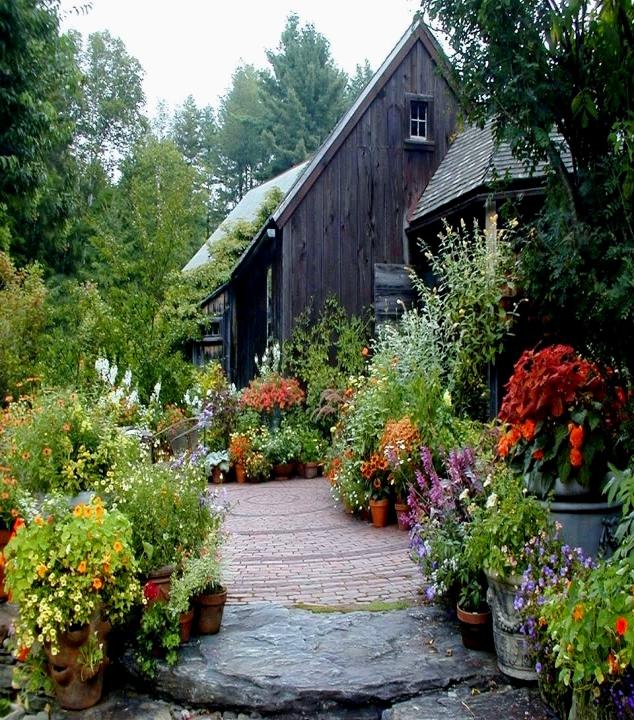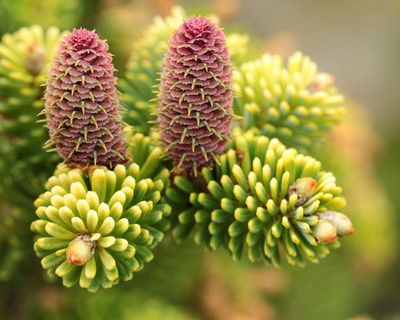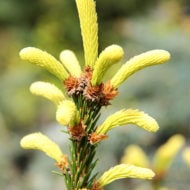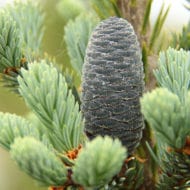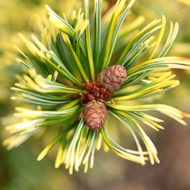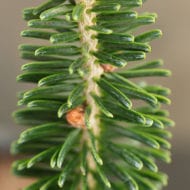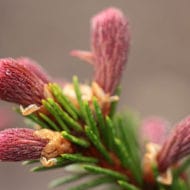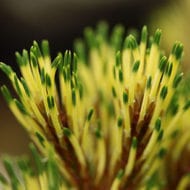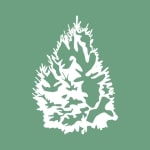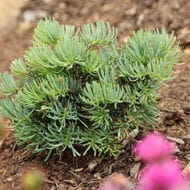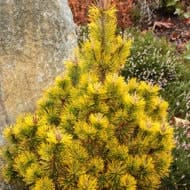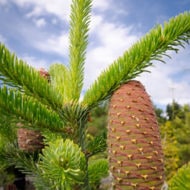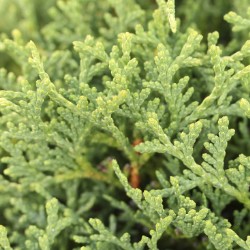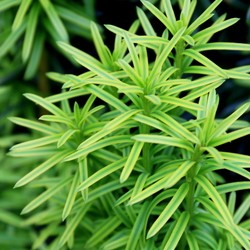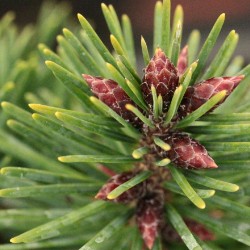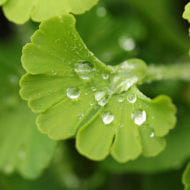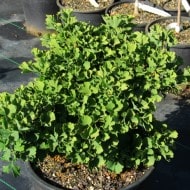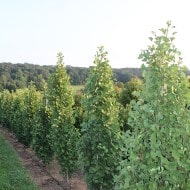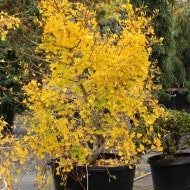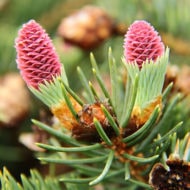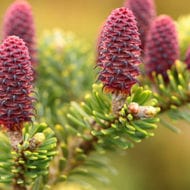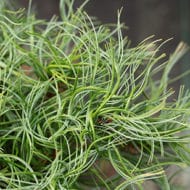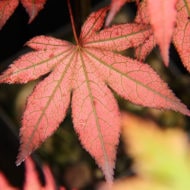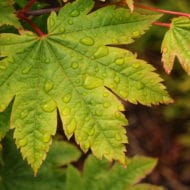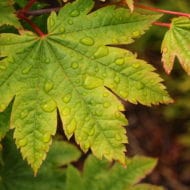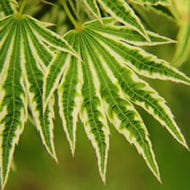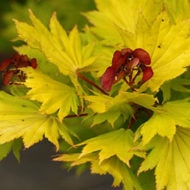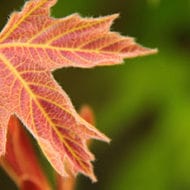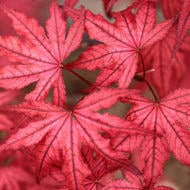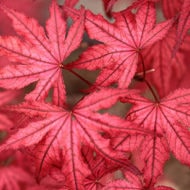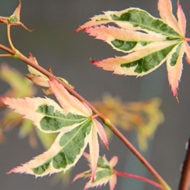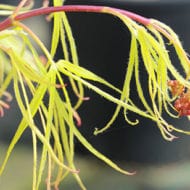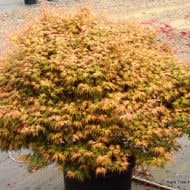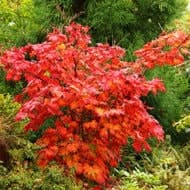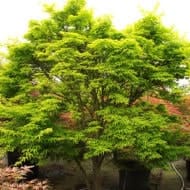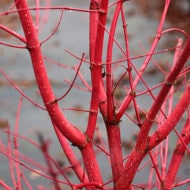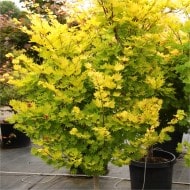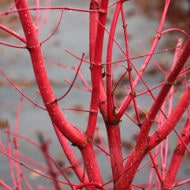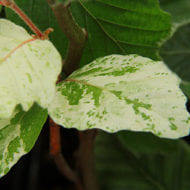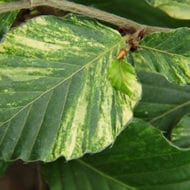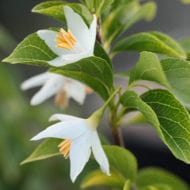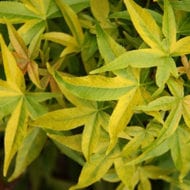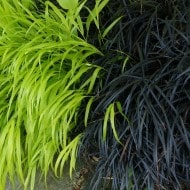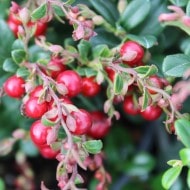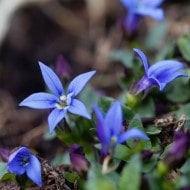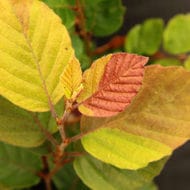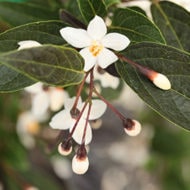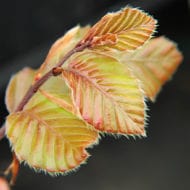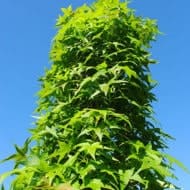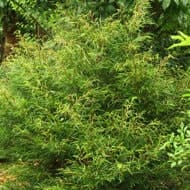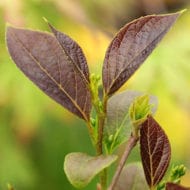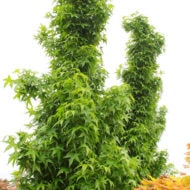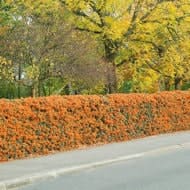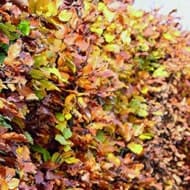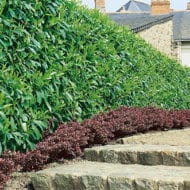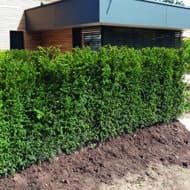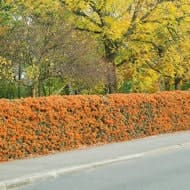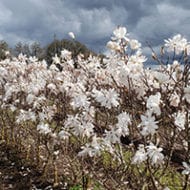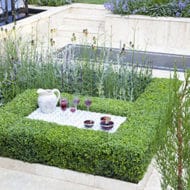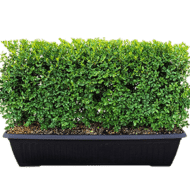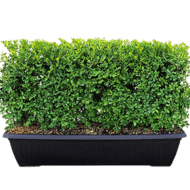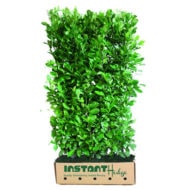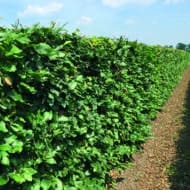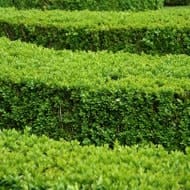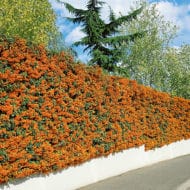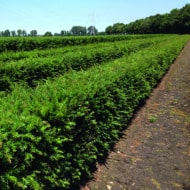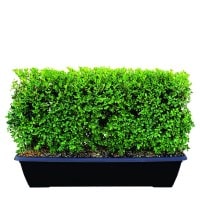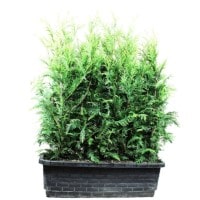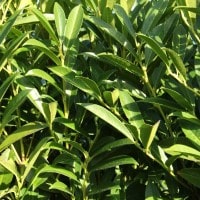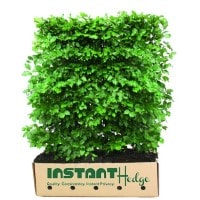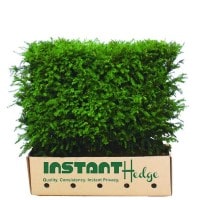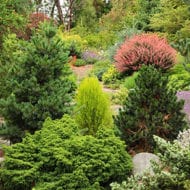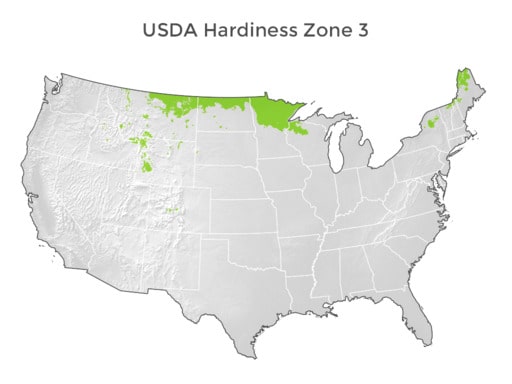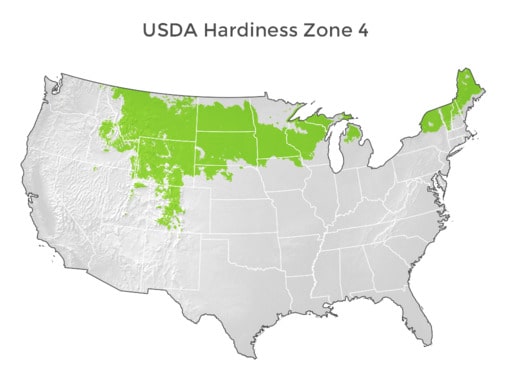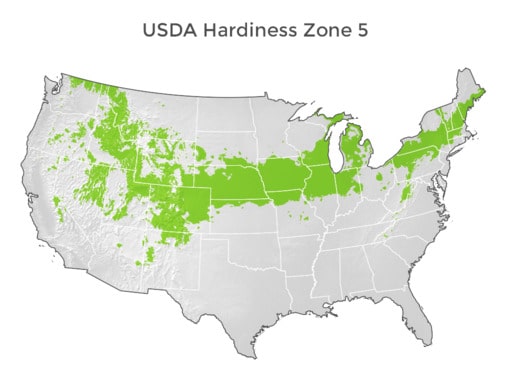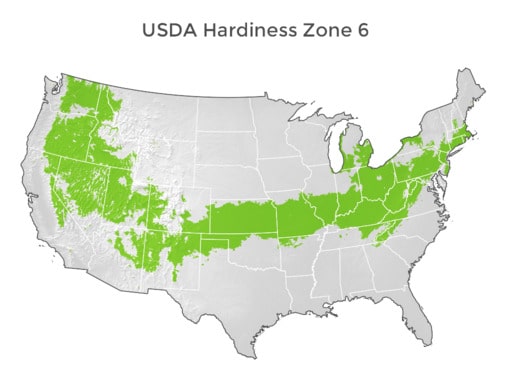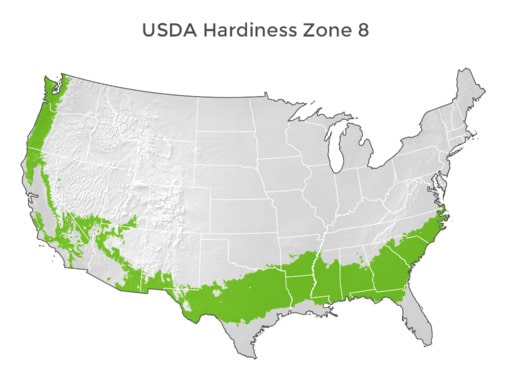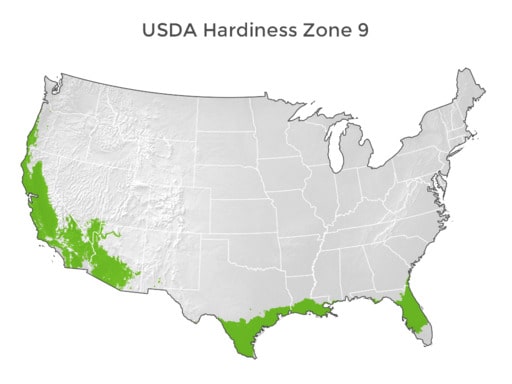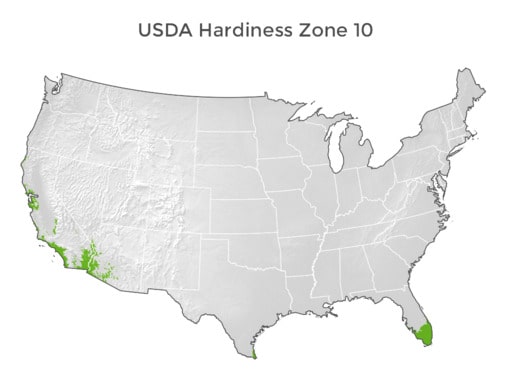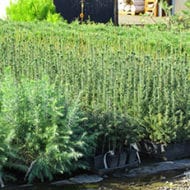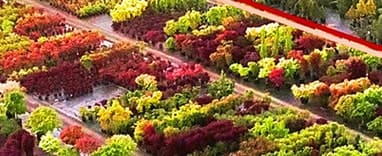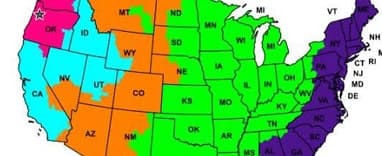Colbys’ Digs
“Adapt what is useful, reject what is useless, and add what is specifically
your own.” -Bruce Lee
Although this quote references martial arts, I find it fitting for both our gardens, and the Conifer Society as a whole. Unfortunately, even if the principles are sound, they can be difficult to incorporate. Often it takes a level of experimentation to discover what is most useful, and indeed it can be intimidating to either amend or prune.
As a “society” it can be even more difficult to utilize this method, especially as making it “your own”, when “your own” is a group. I am just one person in a leadership role representing the region, but I hope to continue to facilitate these evolutionary steps. By the time this newsletter finds its way to your mailbox, either email or at the end of the driveway, you should have received the new Conifer Quarterly. The CQ is indeed our identity, and I am thrilled to finally see it incorporate a larger format, and hope you are as enthusiastic as I am! As Editor – Ron Elardo – has asked us, to please let him know your thoughts, or feel free to do so directly to me. I know for myself, working in such a visual medium as horticulture, I find the larger photos provide a much more illustrative effect and engage the reader to delve into the articles.
The membership survey also included in the current CQ issue, demonstrates the renewed focus on discovering what is most beneficial and of interest to you the member. The surveys help make us aware of our members’ expectations and wishes and will help us to continue to grow and endure as a successful plant society. Kindly take the time to fill out your survey and send it in..
We are very eager to try new things, especially as membership in plant societies continues to diminish. Adaptation is how we continue to progress.
With a new website that continues to evolve, and a membership directory in paper form, I hope that we can continue to enjoy this positive momentum. We have a number of fresh new folks on the National Board which I believe will in-spire and reenergize the society. We continue to compete with other sources
of information and entertainment, but I believe we are up to the challenge. Please contact me with your thoughts and suggestions in the year ahead, so that we will assure the Conifer Society continues to ‘stand tall’, all while making it your own.
The quote in the preface to this article relates to one of my favorite gardening activities- pruning. I am not much of a video gamer, but have stum-bled across a game for your phones, and iPads called Prune and I think you all should check it out. It is gorgeous, and how often does a game revolve around plants?
“Prune is a love letter to trees. A game about the beauty and joy of cultivation.”
“With a swipe of a finger, grow and shape your tree into the sunlight while avoiding the dangers of a hostile world. Bring life to a forgotten landscape and uncover a story hidden deep beneath the soil.”
Colby Feller,
Northeast regional President.
Hostas in the Conifer Garden, or is it Conifers in the Hosta Garden?
By Tom Micheletti
Whenever Chub Harper and I get together, the discussion usually turns to whether hostas make great companion plants to the conifer garden, or whether conifers make great companion plants for the hosta garden. Chub, being an avowed coniferite believes hostas are good companions to conifers, and I use conifers as accents to my hosta garden. I will concede however that in the bleak of winter when the hostas are dormant, the conifers do stand out in the garden. It is during the growing season that hostas come to the forefront with their lush, bold, brightly colored foliage. Few other hardy plants offer the boldness and range of colors as hosta do.
Natives of Japan, China, and Korea, hostas are hardy from USDA Zones 3 through 9. In their native habitat, they are found growing in a variety of conditions including lush forests, open meadows, rocky ledges and wetlands. They thrive in our gardens in full to part shade, and in humus-rich, moisture-retentive soil. Once established, however, they will tolerate drier growing conditions. With humus-rich soil and regular irrigation, there are cultivars that will tolerate almost full sun.
These primarily being the cultivars that have descended from the fragrant Chinese species, H. plantaginea, the ever-popular August lily from grandmother’s garden with exceptionally large, fragrant, white trumpet-shaped flowers. Cultivars such as H. ‘Fragrant Bouquet’, the Hosta of the Year for 1998, H. ‘So Sweet’, Hosta of the Year for 1996, H. ‘Guacamole’, H. ‘Summer Fragrance’ and H.’ Emily Dickinson’ offer variegated leaves, fragrant flowers, and tolerance for the sun.
The foliage of hostas provides a colorful display in shades of green, blue, and yellow, and let’s not forget the colorful variegated patterns for which hostas are noted. Every color is represented, with the exception of red. And rest assured, hybridizers are working to introduce red into the leaves.
There are currently several cultivars with red leaf petioles and red flower scapes, such as H. ‘Regal Rhubarb’ and H. ‘Garnet Prince’, with their green leaves held upright displaying the dark red petioles. H.’ Cherry Berry’ has cream-colored, lanced-shaped leaves with a variable green margin and red petioles. It’s displayed on dark red scapes in late summer.
Hostas’ lush foliage is a perfect design complement to the smaller needles of the conifers. To provide the shade that hostas require for best performance, they could be planted on the north side of larger conifer specimens. A background of spruces, pines, firs, arborvitae, or yews would make an excellent backdrop for the bright variegation of the hostas. The white- margined cupped, puckered leaves of H. ‘Brim Cup’, or the wide white margins of H ‘ Patriot’- Hosta of the Year for 1997-would stand out intermixed with the above-mentioned conifers.
H. ‘Whirlwind, with its white-centered, dark green leaves that have the appearance that they are swirling around is another interesting cultivar.
The yellow-centered variegation pattern of H. ‘Paul’s Glory’, Hosta of the year for 1999, or the wide gold margins of H. Montana ‘Aureomarginata’ would glow
against the backdrop of dark green conifers such as spruces, firs, arborvitae, and yews. to add contrasting color, a gold hosta, such as H. ‘Zounds’. with its large brassy, puckered leaves of H. ‘Sun Power’, with large gold heart-shaped leave with wavy margins, could be planted on the north side of one of the bluer varieties of Picea pungens. Hostas are one of the few plant varieties with distinctly blue foliage.
This blue coloration is a waxy coating that covers the surface of the leaf. The leaf color is actually dark green underlying this waxy coating. On some hosta, cultivars, the wax fades as the season progresses. It can fade from sun exposure, overhead watering, or rubbing the leaves. Cultivars such as H. ‘Halcyon’, with heart-shaped leaves, H. ‘Winfield Blue’, with long pointed leaves, and H. ‘Hadspen Blue’ with round leaves, are a few cultivars that hold their color well into the season. Inter-planting conifers with hostas can add a bright spot of seasonal color to any garden. Even Chub has some nice specimens of hostas growing in his garden, some of these varieties are newer, more recently-released cultivars. Even a diehard coniferite can appreciate
the seasonal interest that hostas can provide.
About the Author: After 26 years of selling hostas at his business the ‘Hosta Patch’ Tom Micheletti has retired this year. His inventory has been sold to White Oak Nursery in Wash-burn Il.
This article originally appeared in the Spring 1999 issue of the ACS Quarterly Journal and is reprinted with his permission.
